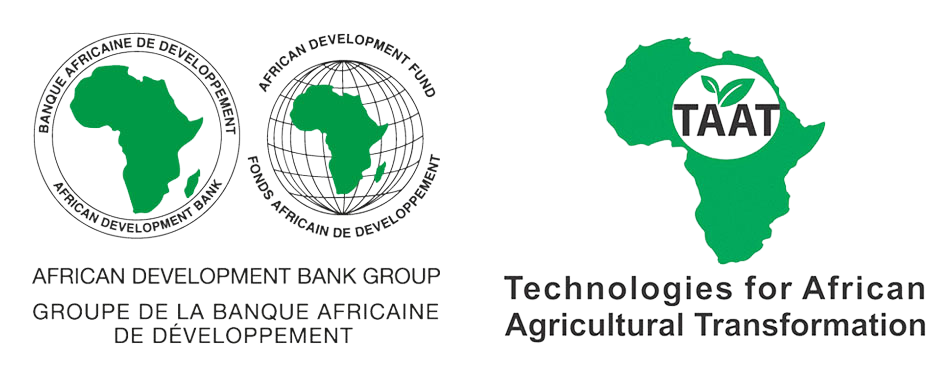

Sell Smart, Grow Fast
Marketing Strategies is a targeted toolkit designed to enhance market access and visibility for cassava seed producers. It provides practical guidance and tools for understanding customer segments, improving product positioning, and developing demand-driven marketing approaches. By addressing key challenges such as low market awareness, weak customer relationships, and poor pricing strategies, Marketing Strategies empowers seed entrepreneurs to attract buyers, build trust, and grow profitable, resilient seed businesses; especially for vegetatively propagated crops like cassava.
This technology is pre-validated.
Adults 18 and over: Positive high
The poor: Positive high
Under 18: Positive medium
Women: Positive high
Climate adaptability: Moderately adaptable
Farmer climate change readiness: Significant improvement
Biodiversity: Positive impact on biodiversity
Carbon footprint: Same amount of carbon released
Environmental health: Does not improve environmental health
Soil quality: Improves soil health and fertility
Water use: A bit less water used
The Marketing Strategies toolkit strengthens the visibility, market access, and adoption of certified cassava seeds by equipping seed producers with the tools and knowledge needed to reach more farmers and build trust in high-quality, climate-resilient planting materials.
This approach aligns with national goals around climate resilience, gender inclusion, and several Sustainable Development Goals by promoting inclusive, data-driven marketing that drives demand and supports sustainable seed business models.
To ensure effective rollout, the following steps should be considered in your project:
Engage key stakeholders including farmer cooperatives, regulatory agencies, and digital media partners for awareness creation and outreach.
Train seed producers and sales agents on customer engagement, digital marketing, pricing strategies, and branding techniques.
Use digital platforms and traditional media (e.g., bulk SMS, social media, and radio) to increase visibility and facilitate direct-to-farmer marketing.
Develop branded seed packaging and certification labels to build trust and distinguish certified seeds in the market.
Monitor performance through awareness tracking, customer feedback, and adoption trends to refine marketing efforts.
The toolkit comes with ready-to-use templates, awareness campaign materials, training guides, and support to help customize strategies for your specific country context. Collaboration with national partners and organizations like IITA can further enhance implementation success.
Cost of deploying the marketing strategy
Open source / open access
| Country | Testing ongoing | Tested | Adopted |
|---|---|---|---|
| Nigeria | –No ongoing testing | –Not tested | Adopted |
| Tanzania | –No ongoing testing | –Not tested | Adopted |
This technology can be used in the colored agro-ecological zones. Any zones shown in white are not suitable for this technology.
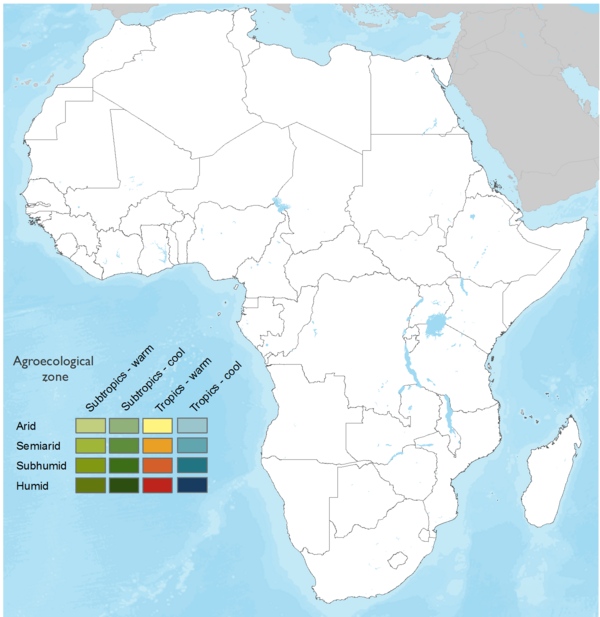
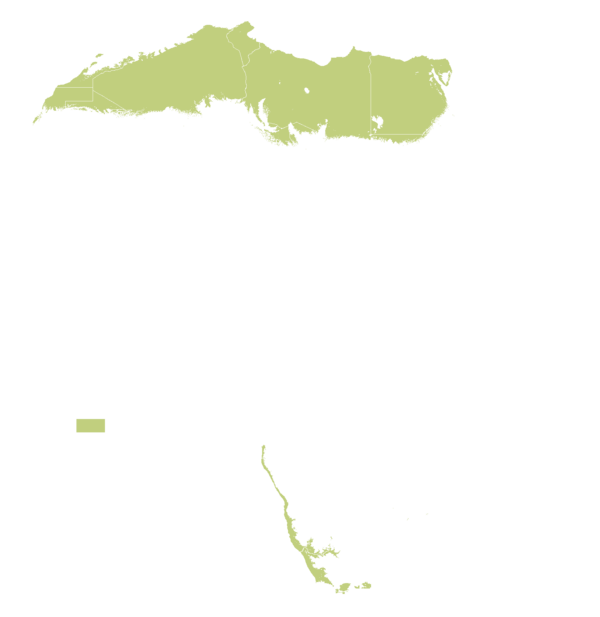







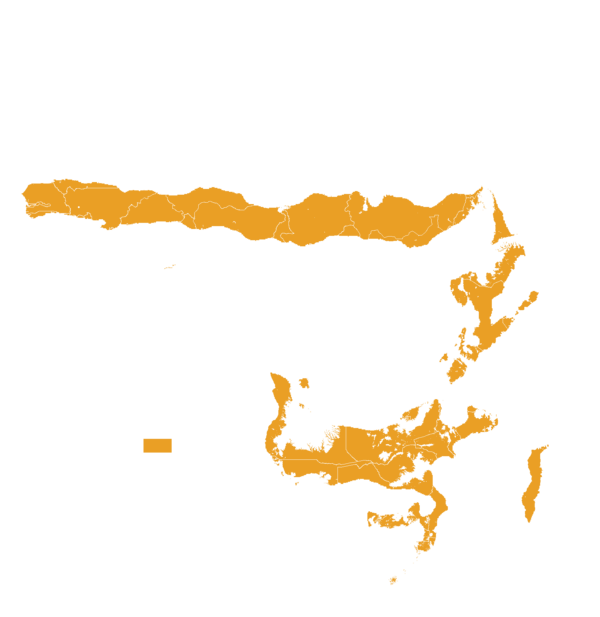


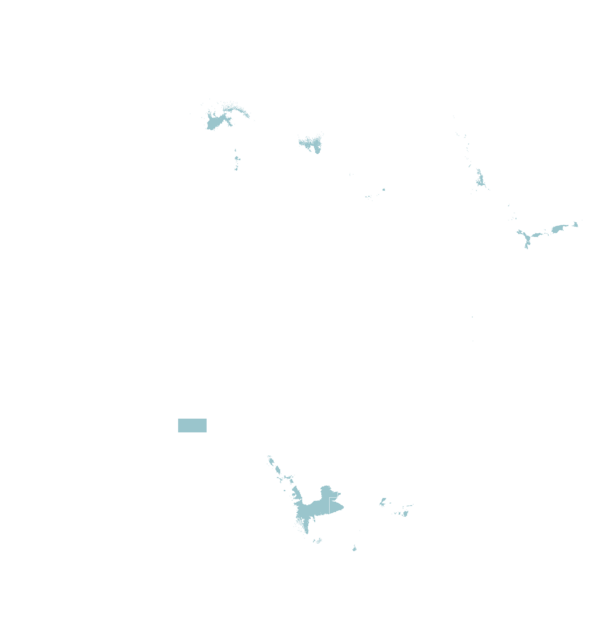

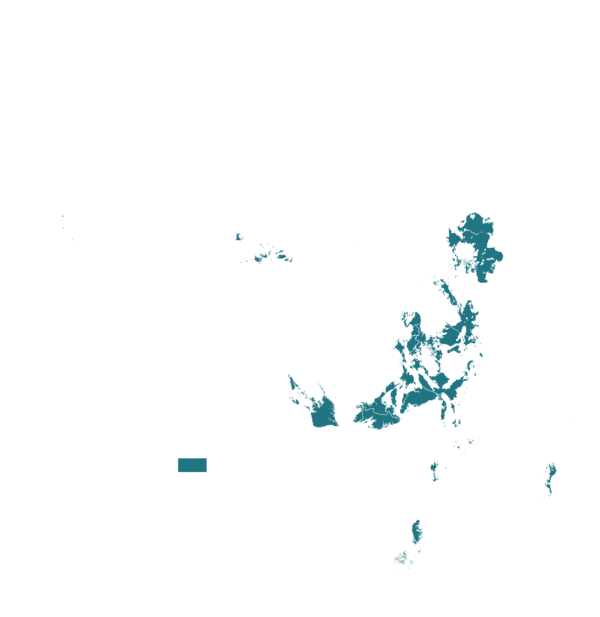

| AEZ | Subtropic - warm | Subtropic - cool | Tropic - warm | Tropic - cool |
|---|---|---|---|---|
| Arid | ||||
| Semiarid | ||||
| Subhumid | ||||
| Humid |
Source: HarvestChoice/IFPRI 2009
The United Nations Sustainable Development Goals that are applicable to this technology.
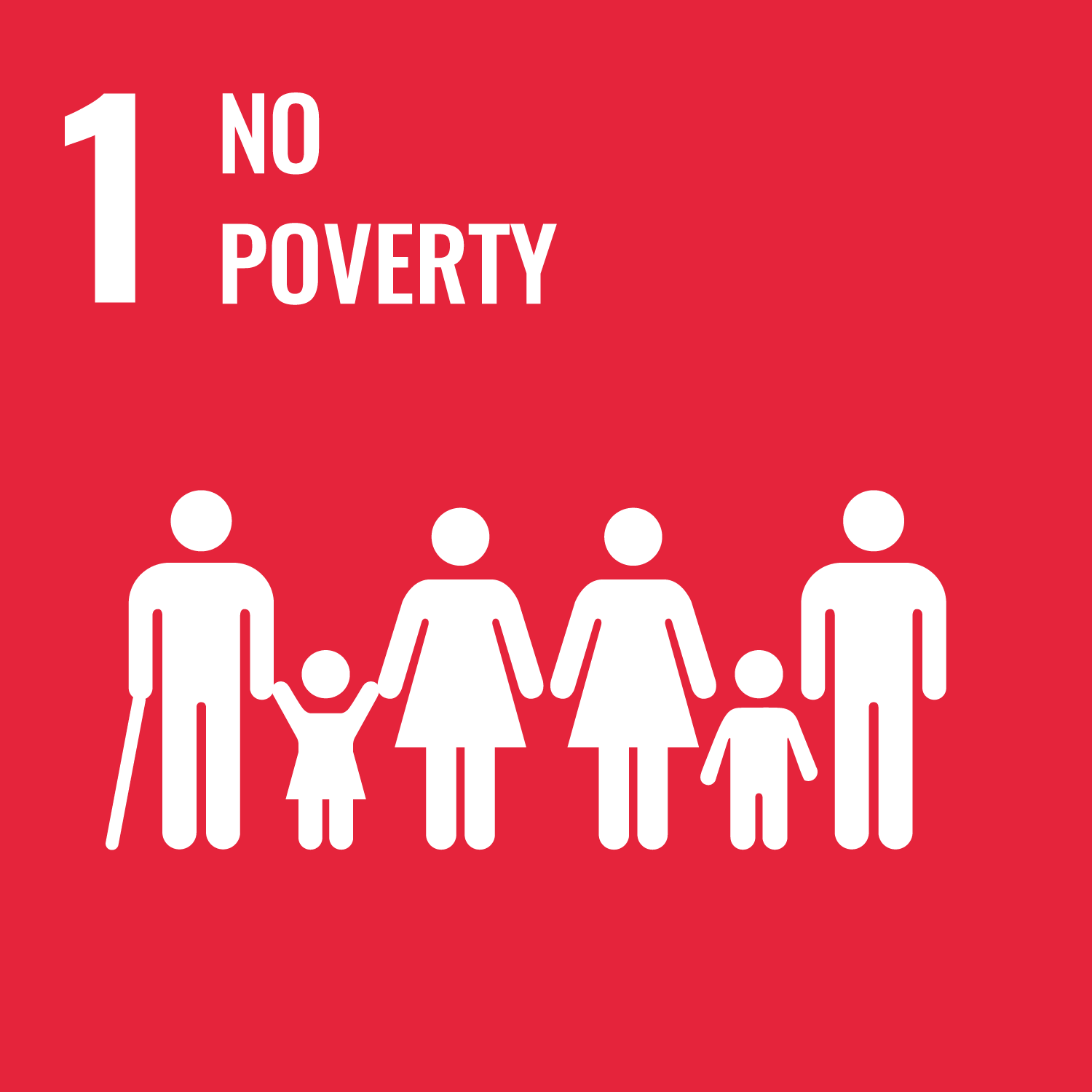
It helps farmers transition to high-quality, disease-free seeds, boosting productivity, harvest reliability, and income. This increased income supports improved access to food, healthcare, and education, contributing to poverty reduction.

By shifting from low-yield materials to certified seeds, farmers produce more food on the same land, improving household food availability and enhancing local food security, particularly in rural areas.
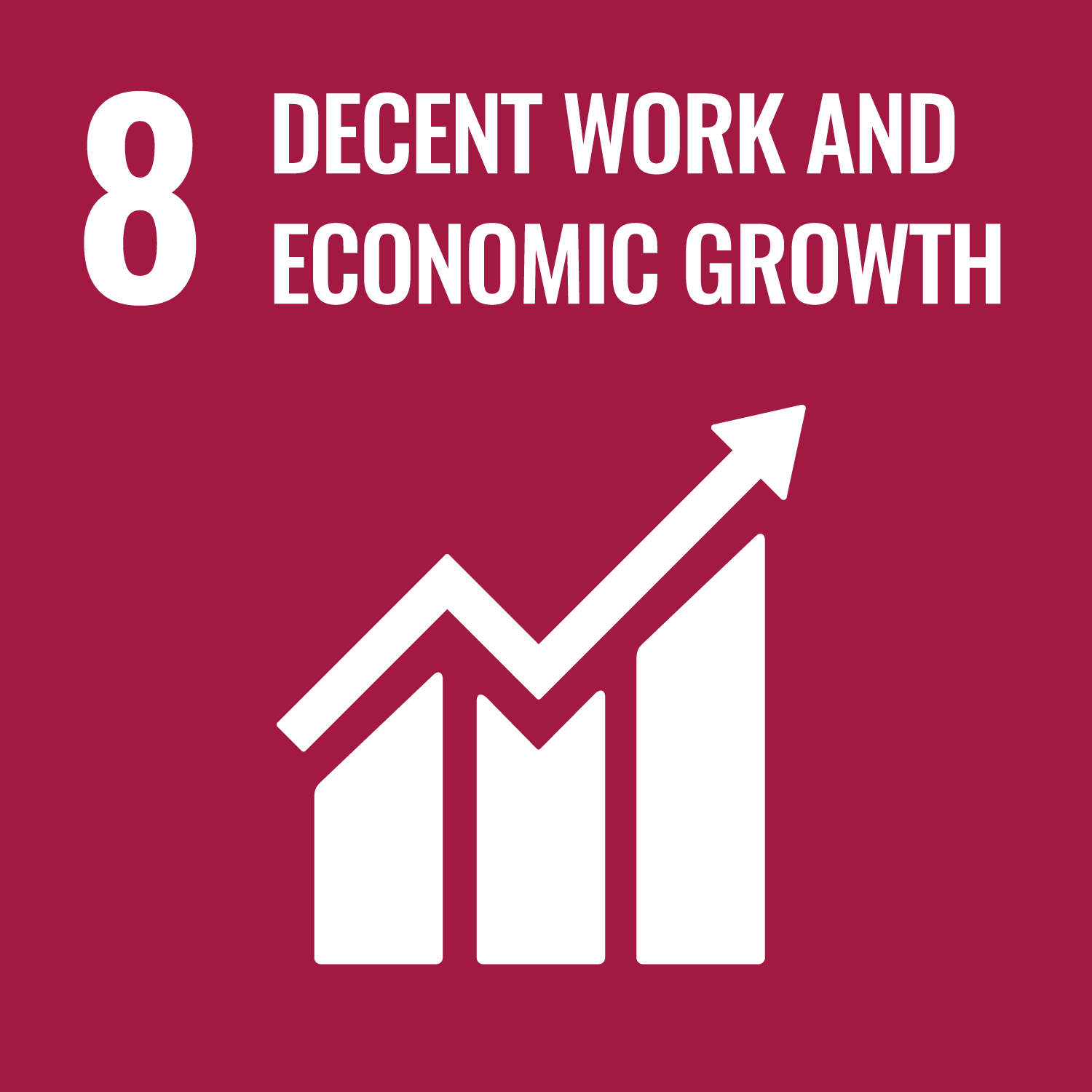
It helps seed entrepreneurs understand market demands, reach customers, and competitively position their products, leading to business growth and creating employment opportunities across the value chain.
Last updated on 2 May 2025